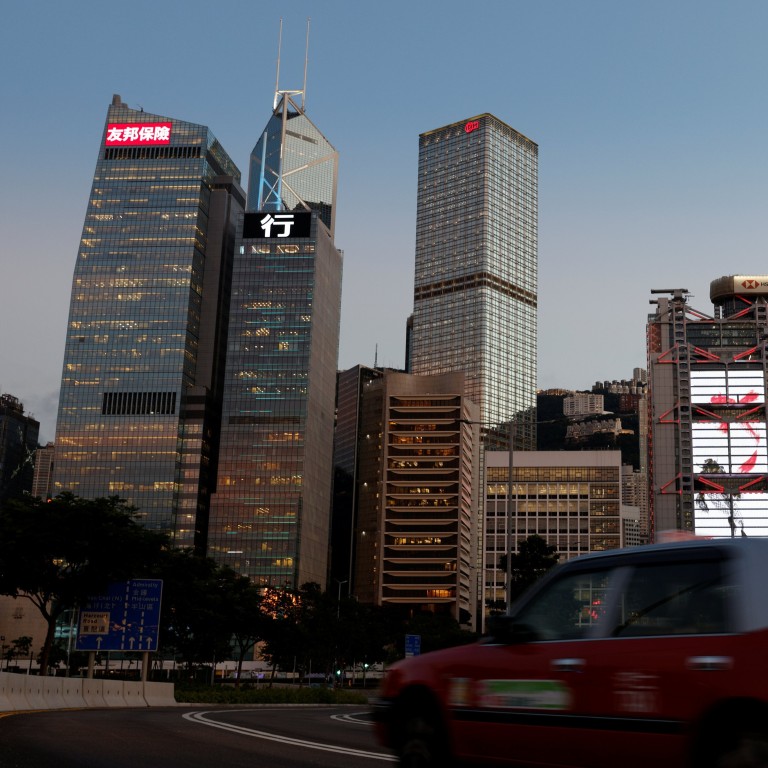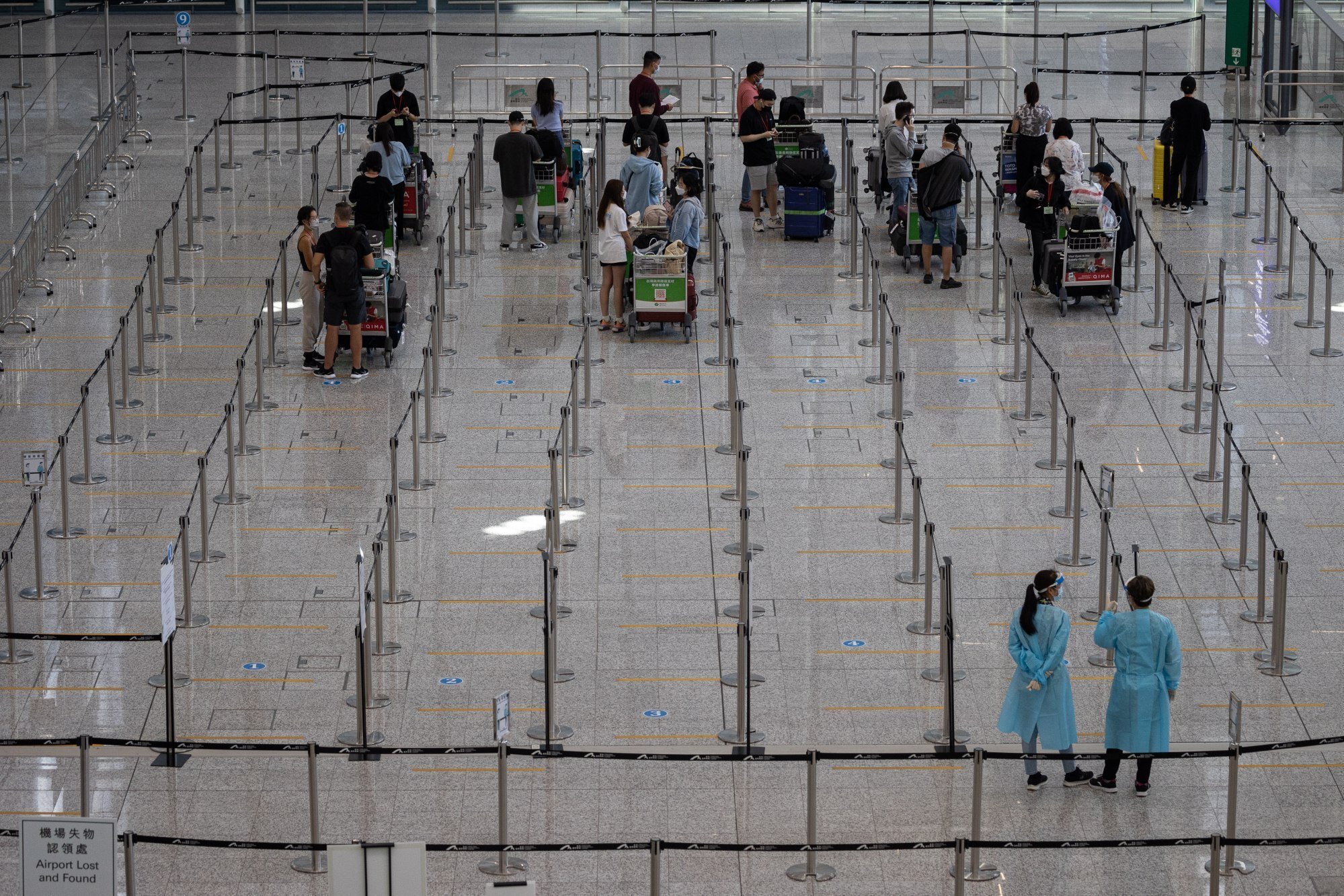
Global investment in Asian property will become increasingly local as Covid-19 travel curbs bite
- Investors without local offices have been forced to switch to fund vehicles but non-fund vehicle investment will return, as more major investors add Asian expertise on the ground
As well as investing directly in assets, they also invested collectively via joint ventures, club deals and other non-fund vehicles.
In the year before the pandemic began, investors committed a record US$32.6 billion to private real estate in the Asia-Pacific. Of this, 43 per cent went to non-fund vehicles, either through separate accounts or as part of a joint venture or club deal.
Around 56 per cent was committed to traditional fund structures, according to data compiled by the Asian Association for Investors in Non-Listed Real Estate Vehicles (Anrev).
When international travel all but stopped, this trend towards greater non-fund vehicle investment reversed. It’s difficult for a Canadian pension fund or Middle Eastern sovereign wealth fund to invest in an Asian asset they have not been able to visit and assess.

That has made it harder for investors to underwrite deals directly. Under pressure to deploy their abundant capital, institutions have – by necessity – become more comfortable investing via fund vehicles once again: they switched from direct to indirect investing.
Investors shifted back to non-listed funds as the pandemic progressed last year, with equity and debt-focused funds capturing 64 per cent of the capital raised, and non-fund vehicles only 35 per cent – effectively reversing the trend of the previous five years.
But this rise of indirect investment is a short-term, Covid-19-induced aberration, not a long-term trend. Non-fund vehicle investment will come back strongly because of the advantage of control, the opportunity to add value through active management and the better fee economics it offers investors.
By tapping into investment opportunities directly, real-estate investors are also joining a trend seen in other asset classes, where private markets can offer higher yields for patient investors.
This structural trend will drive the transition towards greater vertical integration in Asian real estate investment, bringing together institutional investors, asset managers and real estate operators. And that underlines the case for global limited partners to expand their on-the-ground capabilities in the region.
Investors accept yield compression in Hong Kong with bets on capital upside
And the revolution in remote work is physically redrawing the map for many metropolitan areas, opening up new opportunities beyond the central business districts.
The prospect for borders being closed for longer, however, reinforces the need for global investors to have a presence on the ground in Asia to make direct investments.
Some have partnered with local experts, creating opportunities for specialist regional funds, as well as property developers and operators with a local presence. With local knowledge that investors in other countries can’t match, such companies have become more valuable as partners to property investors in the region.
But the very largest limited partners will be more inclined to bring these capabilities in-house. Many have already put boots on the ground with regional offices in locations including Shanghai, Singapore, Sydney and Seoul.
Others are adding new capabilities through vertical integration: some limited partners are getting into the asset management business, for example, or eyeing firms that could help them operate real estate assets in the region.
So we expect to see more major real estate investors adding Asian expertise on the ground, supporting a return to direct investment regardless of when international travel resumes. Global investment in Asian real estate will continue to grow – but it will become more local.
Max d’Ambrumenil is head of Asia at Ferguson Partners


